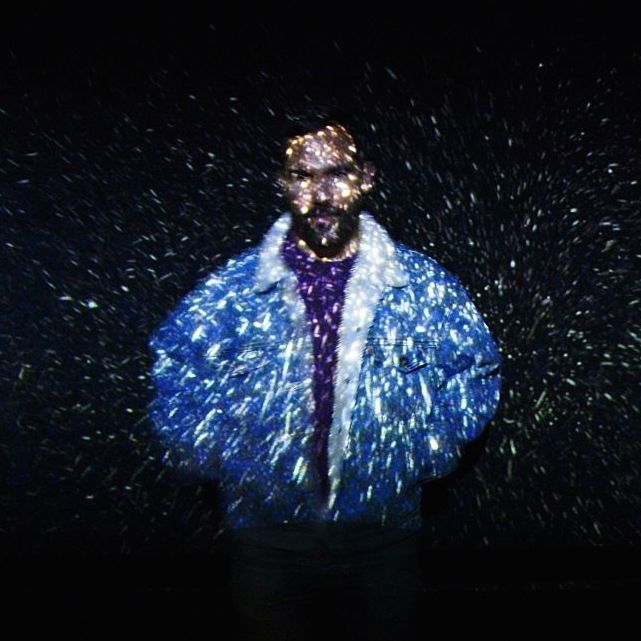PHOTOS & SPANISH VERSION BELOW
The Ospedale degli Innocenti was a children’s orphanage designed by Filippo Brunelleschi in 1419. Following a long period of renewal, the new Museum degli Innocenti has finally opened to the public in June 2016. It verses on the theme of welcoming and caring for children, telling the visitor about the essence of the institution during six centuries, through historic documents as well as its artistic heritage. The lower level narrates the history and evolution of the Institute of the Innocents through the biographies and personal memories of the «Nocentini» (the children hosted here); the ground floor focuses on the architectural approach, describing also the evolution of the old hospital. Finally, but most importantly, the second floor houses a gallery with Renaissance treasures by Sandro Botticelli, Domenico Ghirlandaio, Bartolomeo di Giovanni, Piero di Cosimo, Neri di Bicci, Luca della Robbia and Andrea and Giovanni del Biondo. The terrace-café of the Quattrocento open to the public crowns the building.
Practical info
Museo degli Innocenti: ejemplo de arquitectura del primer Renacimiento italiano
El Ospedale degli Innocenti fue un antiguo orfanato infantil proyectado por Filippo Brunelleschi a partir de 1419. El nuevo Museo degli Innocenti abrió al público en junio de 2016 después de una larga remodelación. Su recorrido se desarrolla alrededor del tema de la acogida y tutela de la infancia y cuenta al visitante la esencia de la institución en sus seis siglos de actividad, integrando el patrimonio documental y de archivo con el histórico artístico. En el subsuelo se narra la historia y evolución del Instituto de los Inocentes a través de la biografías y memorias personales del «Nocentini» (los niños acogidos aquí); la planta baja se centra en el enfoque arquitectónico que describe la evolución del antiguo hospital; y la segunda planta alberga la galería con obras renacentistas de Sandro Botticelli, Domenico Ghirlandaio, Bartolomeo di Giovanni, Piero di Cosimo, Neri di Bicci, Luca della Robbia y Andrea y Giovanni del Biondo. La terraza-cafetería del Quattrocento abierta al público corona la última planta del edificio.
Más info






















